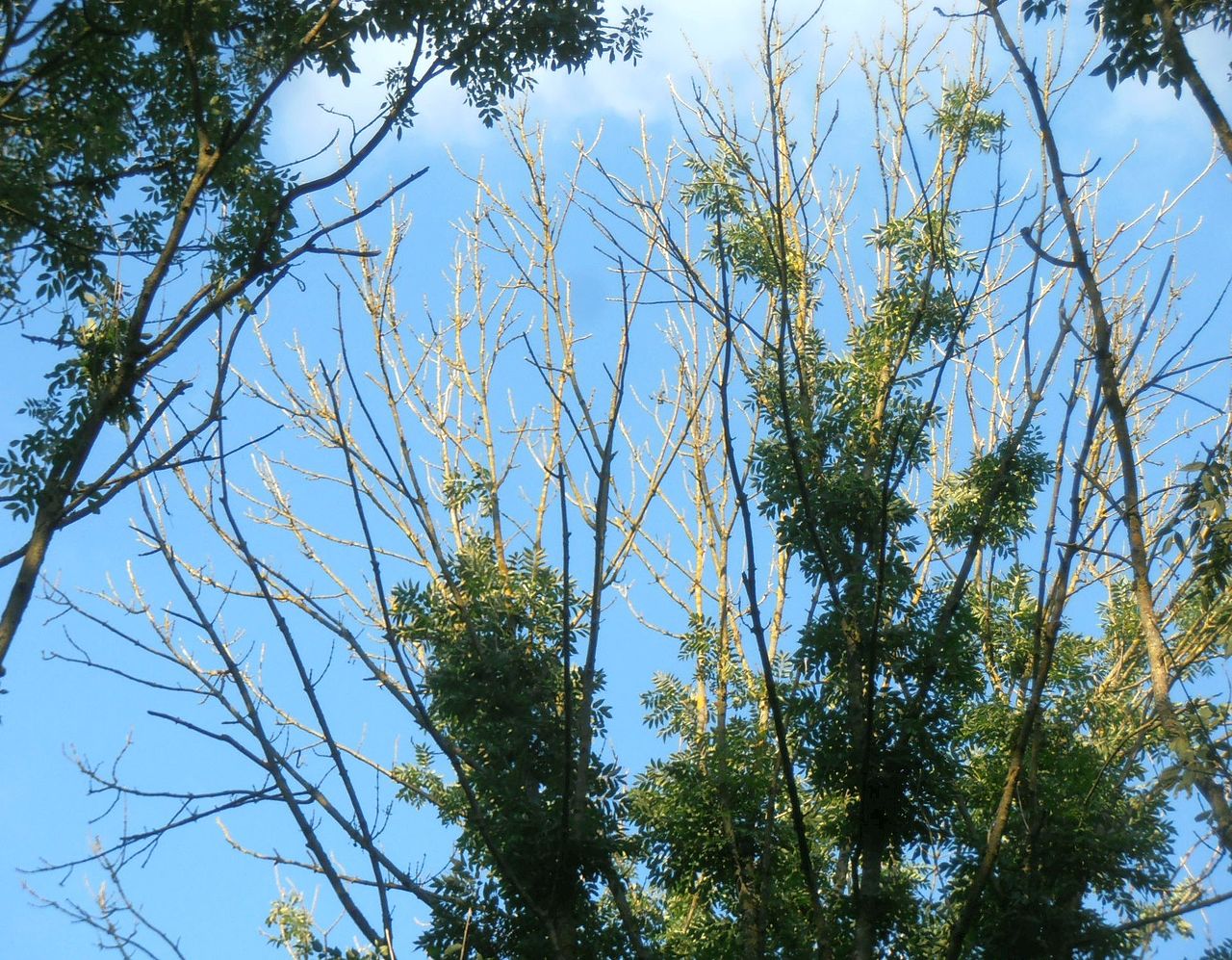BEAR Scotland, on behalf of Transport Scotland, is taking essential steps to combat the effects of Ash Dieback along trunk roads in the North West and South East of Scotland. This will help to keep road users safe and will stabilise trees adjacent to trunk roads, preventing potential future disruption.
What is Ash Dieback?
Evidence from Europe suggests that Ash Dieback (Hymenoscyphus fraxineus) will lead to the decline and death of 50% – 75% of ash trees in Scotland over the next two decades. It suggests the disease has the potential to infect more than 75 million ash trees (over 64 million saplings and seedlings and some 10.7 million mature trees) across the country.
BEAR Scotland has assessed the trunk road boundary it is responsible for in line with guidance from the Tree Council and Scottish Forestry. As a result, it has been decided that essential steps must be taken to ensure the safety of road users and the trunk road network.
What are we doing?
Ash trees exist in around 150,000 hectares of woodland in Scotland according to Scottish Forestry and a further one million ash trees are thought to exist in parks, gardens, and along roadsides. Tens of thousands of trees have been identified with Ash Dieback, in varying stages, across our road network.
Trees that have been identified as having Ash Dieback in high-risk areas will be removed to ensure both the safety of the road network and its users, as well as the stability of surrounding trees.
High-risk areas include, but are not limited to, where trees are within falling distance of roads, footpaths, active travel routes, infrastructure, properties, and public areas.
Trees that are less affected by Ash Dieback, and in lower risk areas, will be monitored in the medium and long term to maintain public safety. Appropriate action will be taken should they continue to decline.
Recovery plan
Ash Dieback is not only a problem for road users. Ash is one of our most useful and versatile native tree species, providing an invaluable habitat for a wide range of dependent species.
The airy nature of ash foliage allows light to penetrate right down to the woodland floor, which encourages ground plants to grow and fauna to thrive. Several insects, small animals, lichens and mosses depend entirely on ash for their habitat.
Clearing the diseased and dying trees as part of our Tree Management Strategy offers an opportunity to not only remove potentially hazardous trees near trunk roads, but also to improve the biodiversity and the resilience of our road network. The strategy therefore focuses on an understanding of the surrounding landscape to inform the identification of suitable native species to restock and replace the removed trees.
This will be done within the context of the broader planting strategy which seeks to enhance and potentially achieve an net gain in biodiversity and resilience by incorporating native shrub, grass and wildflower species in accordance with Transport Scotland’s Fitting Landscapes: Securing More Sustainable Landscapes policy.
The works will be undertaken either simultaneously with other planned works to mitigate disruption to road users or as dedicated programmes.
If you would like to contact us, please use the options below:
Report an Issue form
enquiries@bearscotland.co.uk
Or via the Traffic Scotland Customer Care Line 0800 028 1414
Policy guidance
Every step we have taken has been in line with guidance from organisations such as the Tree Council. If you would like to know more about Ash Dieback, including how to control the issue and replanting advice, please use the below links:
- Official advice and guidance from the Tree Council can be found HERE
- Official advice and guidance from the UK Government in line with the Forestry Commission can be found HERE
- Information from Scottish Forestry can be found HERE
- Tree Council photo guide to Ash Dieback can be found HERE
- Transport Scotland’s Fitting Landscapes: Securing More Sustainable Landscapes document can be found HERE

 Winter Portal
Winter Portal 

